Home>Gardening & Outdoor>Landscaping Ideas>How To Plant Grass Seed In Indiana
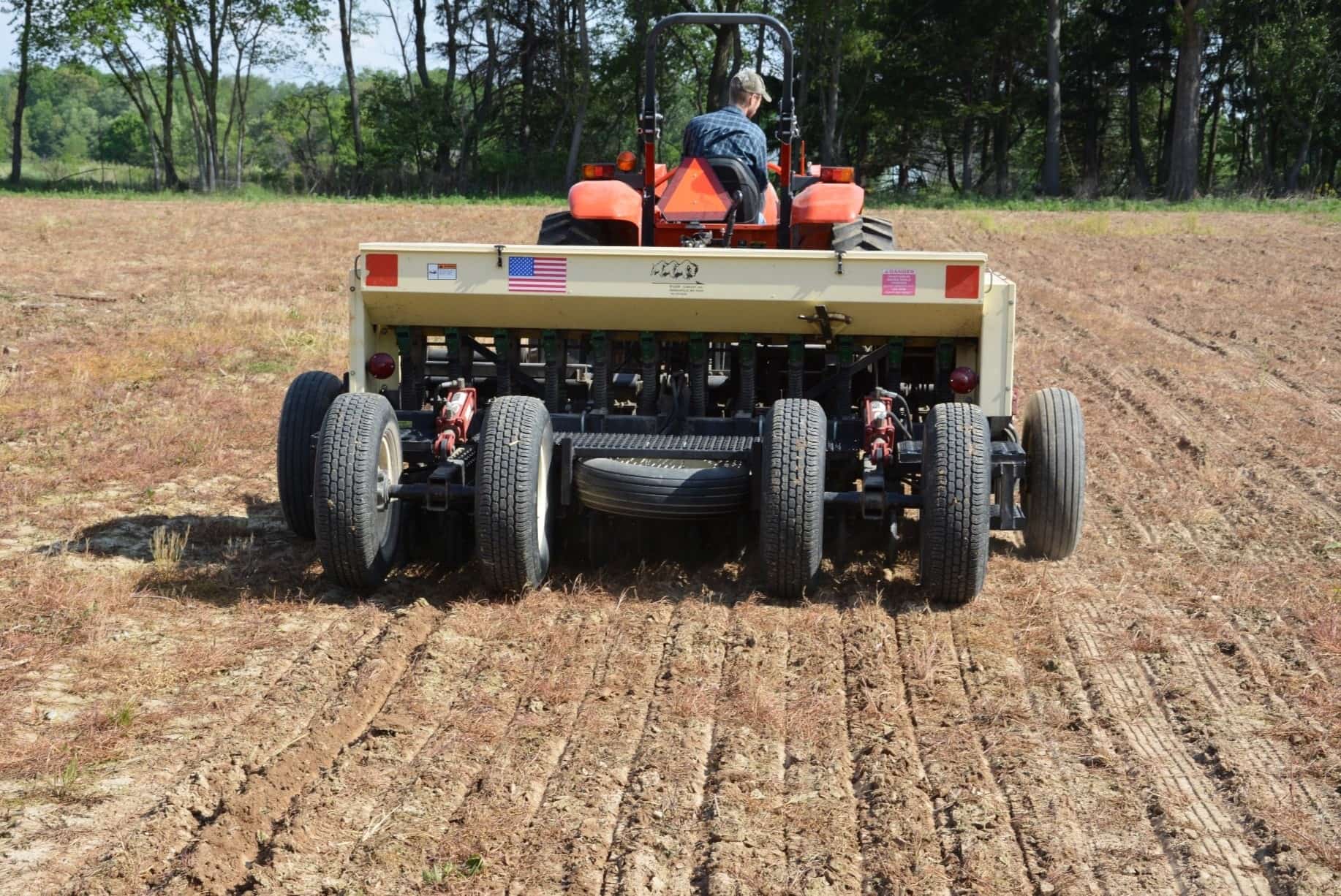

Landscaping Ideas
How To Plant Grass Seed In Indiana
Modified: March 20, 2024
Learn the best landscaping ideas for planting grass seed in Indiana. Discover expert tips for achieving a lush, vibrant lawn in your Indiana landscape.
(Many of the links in this article redirect to a specific reviewed product. Your purchase of these products through affiliate links helps to generate commission for Storables.com, at no extra cost. Learn more)
Introduction
Are you looking to transform your Indiana landscape into a lush, green paradise? Planting grass seed is a fantastic way to achieve a vibrant and inviting outdoor space. Whether you're envisioning a sprawling lawn for recreational activities or a picturesque backdrop for outdoor gatherings, the process of planting grass seed in Indiana can be a rewarding endeavor.
In this comprehensive guide, we'll delve into the intricacies of planting grass seed in Indiana, taking into account the unique climate and soil conditions of the region. By understanding the local environment and selecting the most suitable grass seed varieties, you can set the stage for a successful and thriving lawn. We'll explore the key factors to consider when preparing the soil, planting the grass seed, and nurturing your newly established lawn.
Embarking on this journey will not only enhance the aesthetic appeal of your property but also contribute to the overall environmental well-being. A flourishing lawn can mitigate soil erosion, improve air quality, and provide a habitat for beneficial insects and wildlife. So, let's roll up our sleeves and uncover the secrets of cultivating a resilient and verdant lawn in the beautiful state of Indiana.
Key Takeaways:
- Transform your Indiana landscape with the right grass seed, soil preparation, and care. Create a vibrant, resilient lawn that enhances your outdoor space and contributes to environmental sustainability.
- Understand Indiana’s climate and soil, choose the right grass seed, and provide diligent care for a lush, inviting lawn. Patience and dedication lead to a beautiful, eco-friendly landscape.
Read more: When To Plant Grass Seed In Indiana
Understanding the Climate and Soil in Indiana
Before diving into the process of planting grass seed in Indiana, it's crucial to grasp the distinct climate and soil characteristics that define the region. Indiana experiences a diverse climate, featuring hot summers, cold winters, and moderate precipitation throughout the year. The state is situated within the transition zone, where both cool-season and warm-season grasses can thrive under the right conditions.
When it comes to soil, Indiana exhibits a variety of soil types, including loam, silt, clay, and sand. Understanding the composition of your specific soil is essential for selecting the most suitable grass seed and implementing effective soil preparation techniques.
One of the primary considerations for planting grass seed in Indiana is the ability of the chosen grass species to withstand the fluctuating climate. Cool-season grasses such as Kentucky bluegrass, fescue, and perennial ryegrass are well-suited to the state's climate, thriving in the cooler temperatures of spring and fall while exhibiting moderate tolerance to summer heat. Warm-season grasses like Zoysia and Bermuda grass can also be successful in certain regions of Indiana, particularly in the southern part of the state where temperatures are slightly warmer.
Additionally, the soil composition plays a pivotal role in determining the success of your lawn. Loamy soil, which is a balanced combination of sand, silt, and clay, is ideal for promoting healthy root development and efficient water retention. If your soil tends toward clay or sand, amendments may be necessary to optimize its texture and nutrient content for grass seed germination and growth.
By familiarizing yourself with the unique climate and soil attributes of Indiana, you can make informed decisions regarding the selection of grass seed varieties and the implementation of soil preparation strategies. This foundational knowledge sets the stage for a thriving and resilient lawn that can withstand the seasonal nuances of Indiana's environment.
Selecting the Right Type of Grass Seed
Choosing the appropriate grass seed is a pivotal step in establishing a vibrant and enduring lawn in Indiana. The diverse climate and soil conditions across the state necessitate careful consideration of grass species and varieties to ensure optimal growth and resilience. When selecting grass seed for your Indiana lawn, several key factors should be taken into account.
- Climate Adaptability: Given Indiana’s varying climate, it’s essential to choose grass seed varieties that can thrive in both cool and warm conditions. Cool-season grasses such as Kentucky bluegrass, fine fescue, and perennial ryegrass are well-suited to the state’s climate, excelling in the cooler temperatures of spring and fall while maintaining moderate tolerance to summer heat. For regions with slightly warmer temperatures, warm-season grasses like Zoysia and Bermuda grass may also be viable options.
- Soil Compatibility: Understanding your soil type is crucial for selecting grass seed that can flourish in your specific soil composition. Whether your soil is loamy, sandy, clayey, or silty, there are grass species and varieties that are better suited to each soil type. For example, Kentucky bluegrass thrives in well-drained loamy soils, while tall fescue exhibits excellent adaptability to a wide range of soil types, including clay and sandy soils.
- Usage and Maintenance: Consider the intended use of your lawn and the level of maintenance you’re willing to undertake. If you desire a high-traffic lawn that can withstand frequent activities, durable grass species such as tall fescue and Kentucky bluegrass are excellent choices. Alternatively, if you prefer a low-maintenance lawn, fine fescue varieties offer a fine texture and require minimal upkeep.
- Shade Tolerance: If your lawn is shaded by trees or structures, selecting grass seed with high shade tolerance is essential. Fine fescue and certain varieties of Kentucky bluegrass are renowned for their ability to thrive in partially shaded areas, ensuring consistent growth and coverage even in less sunlit regions of your lawn.
By carefully evaluating these factors and conducting a soil analysis, you can make an informed decision when choosing the right type of grass seed for your Indiana lawn. Selecting grass seed that aligns with the climate, soil, usage, and shade conditions of your property sets the stage for a resilient and visually appealing lawn that can thrive in the dynamic environment of Indiana.
Preparing the Soil for Planting
Effective soil preparation is a fundamental component of successful grass seed establishment in Indiana. By optimizing the soil structure, texture, and nutrient content, you can create an ideal environment for germination and sustained growth. The following steps outline the essential measures for preparing the soil before planting grass seed:
- Soil Testing: Conduct a soil test to assess the pH level and nutrient composition of your soil. This analysis provides valuable insights into any deficiencies or imbalances that may hinder optimal grass growth. Based on the test results, you can adjust the soil’s pH and supplement any lacking nutrients to create an optimal foundation for your lawn.
- Soil Aeration: Aerating the soil helps alleviate compaction and promotes better air and water penetration, facilitating root development and overall grass health. For compacted soils, especially those with high clay content, core aeration or mechanical aerators can be employed to loosen the soil and enhance its porosity.
- Leveling and Grading: Ensure that the soil surface is even and properly graded to prevent water pooling and promote uniform grass growth. Address any low-lying areas and fill in depressions to create a smooth and well-drained landscape for planting.
- Amendments and Fertilization: Based on the soil test recommendations, incorporate organic matter, such as compost or well-rotted manure, to improve soil structure and fertility. Additionally, apply a balanced fertilizer according to the specific nutrient requirements of the selected grass species, ensuring that the soil provides an optimal foundation for germination and early growth.
- Seedbed Preparation: Prior to seeding, prepare a fine seedbed by raking the soil surface to create a smooth and level area for planting. This process helps establish good seed-to-soil contact, promoting successful germination and seedling emergence.
By meticulously preparing the soil through testing, aeration, leveling, nutrient supplementation, and seedbed refinement, you can create an environment that is conducive to the successful establishment of grass seed in Indiana. These preparatory measures lay the groundwork for a robust and enduring lawn, setting the stage for the subsequent planting and nurturing stages of your landscaping journey.
When planting grass seed in Indiana, make sure to choose a grass variety that is well-suited to the region’s climate and soil conditions, such as Kentucky bluegrass or fescue. It’s also important to prepare the soil properly by removing any debris and loosening the top layer before sowing the seeds. Finally, water the newly planted seeds regularly to ensure proper germination and establishment.
Planting the Grass Seed
Planting grass seed in Indiana involves a strategic approach that maximizes the potential for successful germination and establishment. By adhering to best practices and considering the unique characteristics of the selected grass species, you can set the stage for a resilient and visually appealing lawn. The following guidelines outline the essential steps for planting grass seed:
- Timing: Choose the optimal time for planting based on the grass species and the prevailing climatic conditions. In Indiana, early fall, from mid-August to mid-September, is generally considered the best time for seeding cool-season grasses. This timing allows the seeds to germinate and establish before the onset of winter while benefiting from the moderate temperatures and increased moisture levels.
- Seed Selection: Select high-quality grass seed that aligns with the climate, soil, and usage requirements of your lawn. Consider factors such as shade tolerance, traffic resilience, and maintenance preferences when choosing the appropriate grass seed varieties.
- Seeding Techniques: For small areas, hand seeding or using a handheld spreader can effectively distribute the grass seed evenly across the prepared seedbed. Larger areas may benefit from mechanical seed spreaders or hydroseeding equipment, ensuring uniform coverage and optimal seed-to-soil contact.
- Seed Depth and Coverage: Sow the grass seed at the recommended depth, typically around ¼ to ½ inch, ensuring adequate coverage without burying the seeds too deeply. Lightly rake the seeded area to incorporate the seeds into the soil and provide optimal contact for germination.
- Watering and Mulching: After seeding, gently water the area to moisten the soil without causing runoff, and continue to keep the soil consistently moist during the germination period. Applying a thin layer of mulch, such as straw or erosion control blankets, can help retain moisture and protect the seeds from birds and environmental stressors.
By following these steps and adapting them to the specific needs of your lawn, you can ensure that the grass seed is planted with precision and care, fostering an environment conducive to successful germination and early growth. This meticulous approach sets the stage for the transformation of your landscape as the seeds take root and begin their journey toward creating a lush and vibrant lawn.
Read more: When To Seed Grass In Indiana
Caring for Newly Planted Grass
After planting grass seed in Indiana, diligent care and maintenance are essential to nurture the newly established lawn and promote robust growth. By providing the necessary attention and following established care practices, you can facilitate the development of a healthy and resilient grass cover. The following guidelines outline the crucial steps for caring for newly planted grass:
- Watering: Maintain consistent soil moisture to support seed germination and early seedling growth. Water the seeded area lightly and frequently, ensuring that the soil remains moist but not waterlogged. As the grass seedlings emerge and establish, gradually transition to deeper, less frequent watering to encourage deep root development.
- Mowing: Once the grass reaches a height of approximately 3 to 4 inches, it is ready for its first mowing. Set the mower blade at a higher setting to avoid stressing the young grass, and ensure that no more than one-third of the grass blade is removed in a single mowing session. This gentle approach helps promote healthy growth and minimizes the risk of damage to the developing lawn.
- Fertilization: As the grass seedlings mature, consider applying a starter fertilizer to provide essential nutrients for vigorous growth. Opt for a fertilizer specifically formulated for new lawns, following the manufacturer’s recommendations for application rates and timing to support the establishment of a strong root system and lush foliage.
- Weed Control: Monitor the newly planted area for weed encroachment, and address any emerging weeds promptly to prevent competition for resources and space. Consider using targeted herbicides or manual removal techniques to maintain a weed-free environment and promote the unhindered growth of the grass seedlings.
- Monitoring and Adjusting: Regularly assess the progress of the newly planted grass, observing its growth, color, and overall health. Adjust your maintenance practices based on the specific needs of the developing lawn, ensuring that it receives the appropriate care and attention as it transitions from seedlings to a lush, mature lawn.
By diligently caring for the newly planted grass and adhering to these essential maintenance practices, you can foster the development of a thriving and visually captivating lawn in Indiana. This attentive approach sets the stage for the long-term success of your landscaping endeavors, culminating in a verdant and inviting outdoor space for leisure, recreation, and natural beauty.
Conclusion
Planting grass seed in Indiana is a transformative journey that holds the promise of creating a vibrant and enduring landscape. By understanding the unique climate and soil characteristics of the region, selecting the right type of grass seed, and implementing meticulous soil preparation and planting techniques, you can lay the groundwork for a thriving and visually appealing lawn.
As the seasons unfold, caring for the newly planted grass with dedicated watering, gentle mowing, strategic fertilization, and vigilant weed control allows the lawn to flourish and evolve into a resilient natural carpet that enhances the beauty of your outdoor space.
Beyond the aesthetic appeal, a well-maintained lawn contributes to environmental sustainability, mitigating soil erosion, improving air quality, and providing a habitat for beneficial flora and fauna. The process of planting and nurturing grass seed in Indiana is not only a means of enhancing your property but also a way to contribute to the overall ecological balance of the region.
As you embark on this landscaping endeavor, remember that patience and attentive care are essential companions on this journey. Each step, from selecting the right grass seed to tending to the emerging lawn, plays a crucial role in shaping the ultimate outcome—a lush and resilient green expanse that invites relaxation, recreation, and natural splendor.
By integrating knowledge, dedication, and a touch of creativity, you can cultivate a magnificent lawn that stands as a testament to the harmonious coexistence of human habitation and the natural world in the diverse and captivating environment of Indiana.
Frequently Asked Questions about How To Plant Grass Seed In Indiana
Was this page helpful?
At Storables.com, we guarantee accurate and reliable information. Our content, validated by Expert Board Contributors, is crafted following stringent Editorial Policies. We're committed to providing you with well-researched, expert-backed insights for all your informational needs.
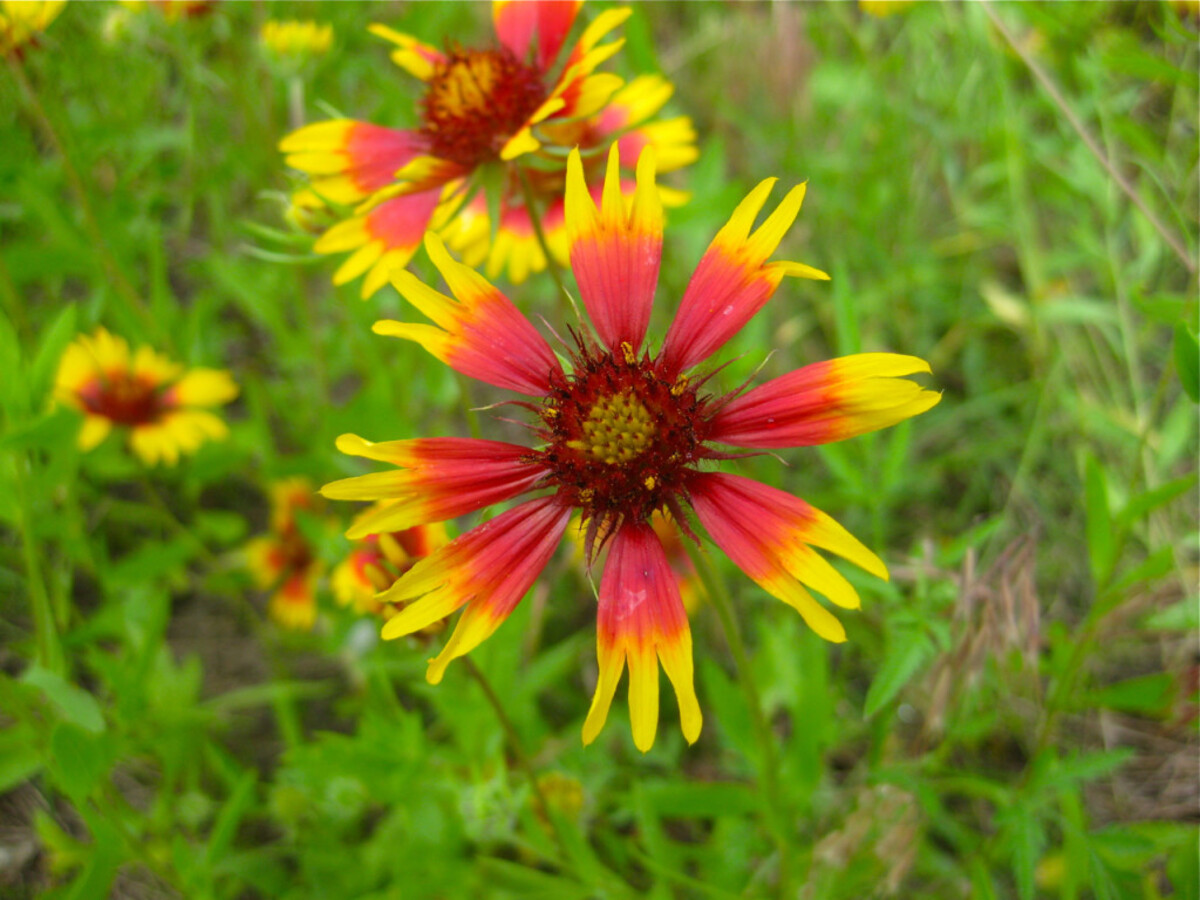
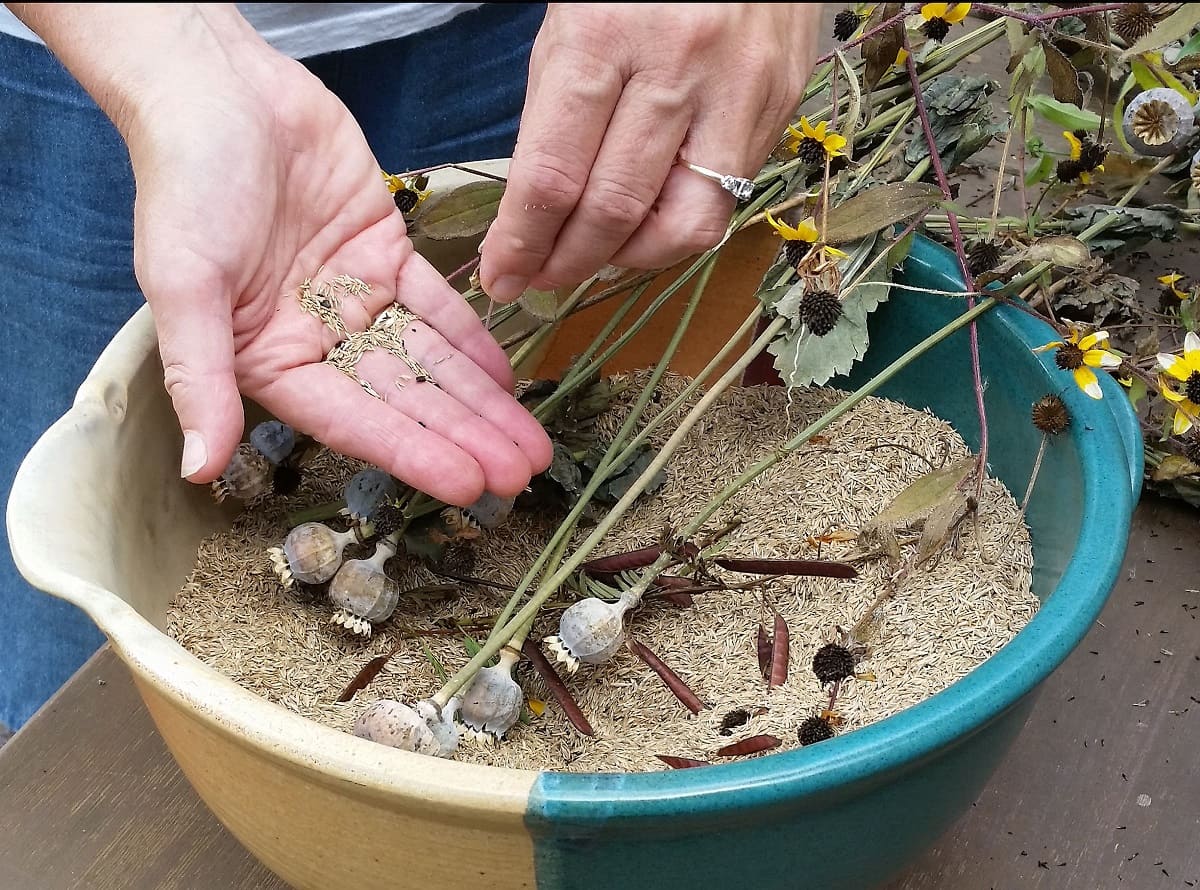
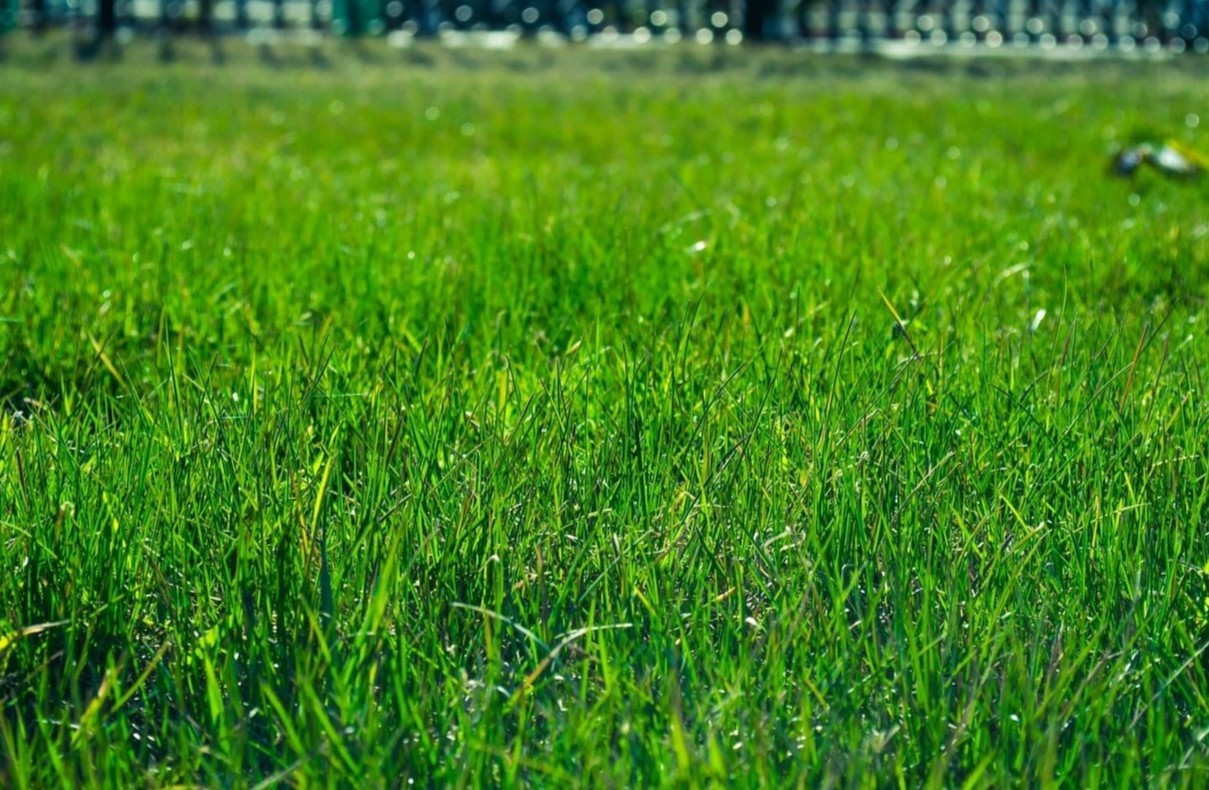


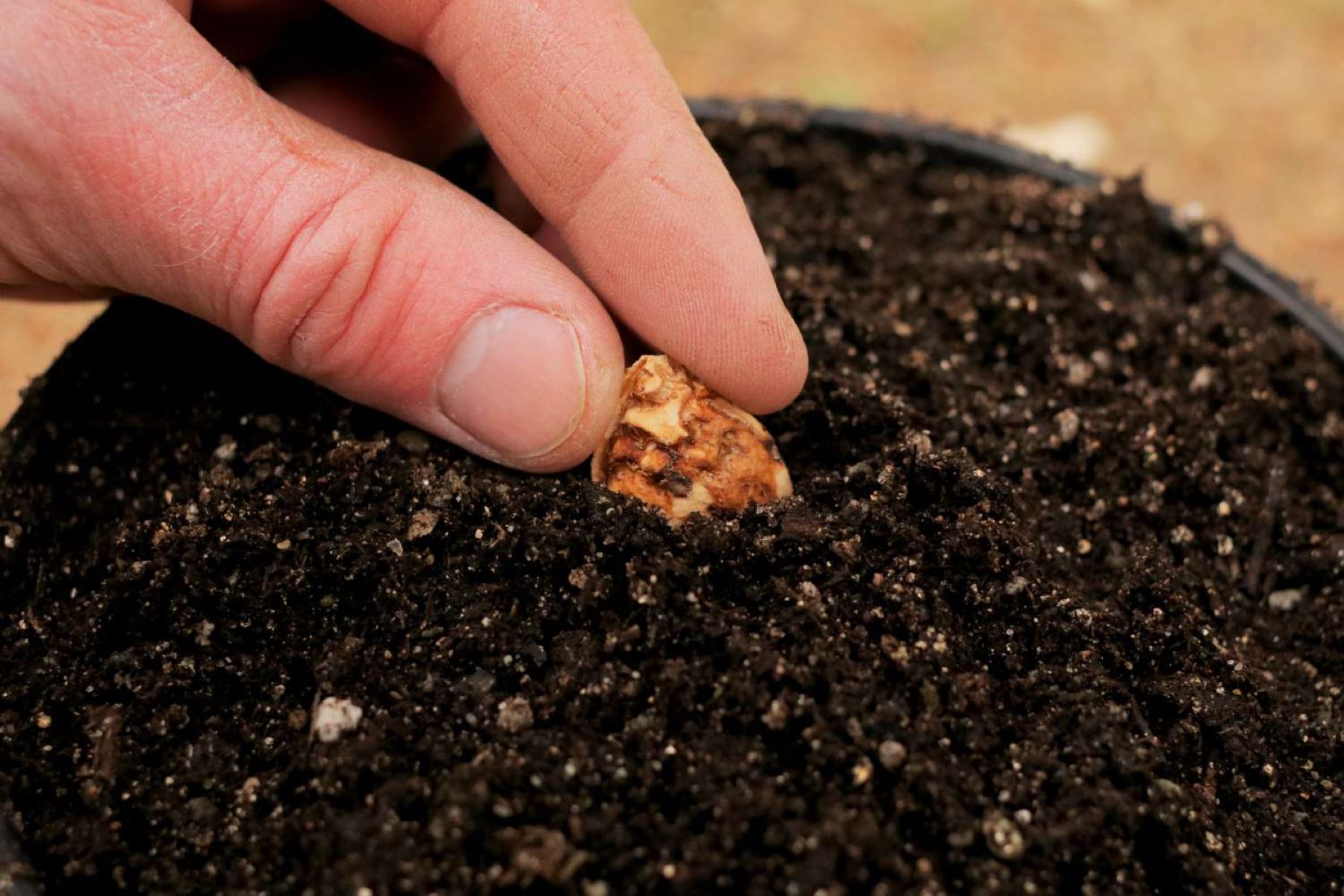
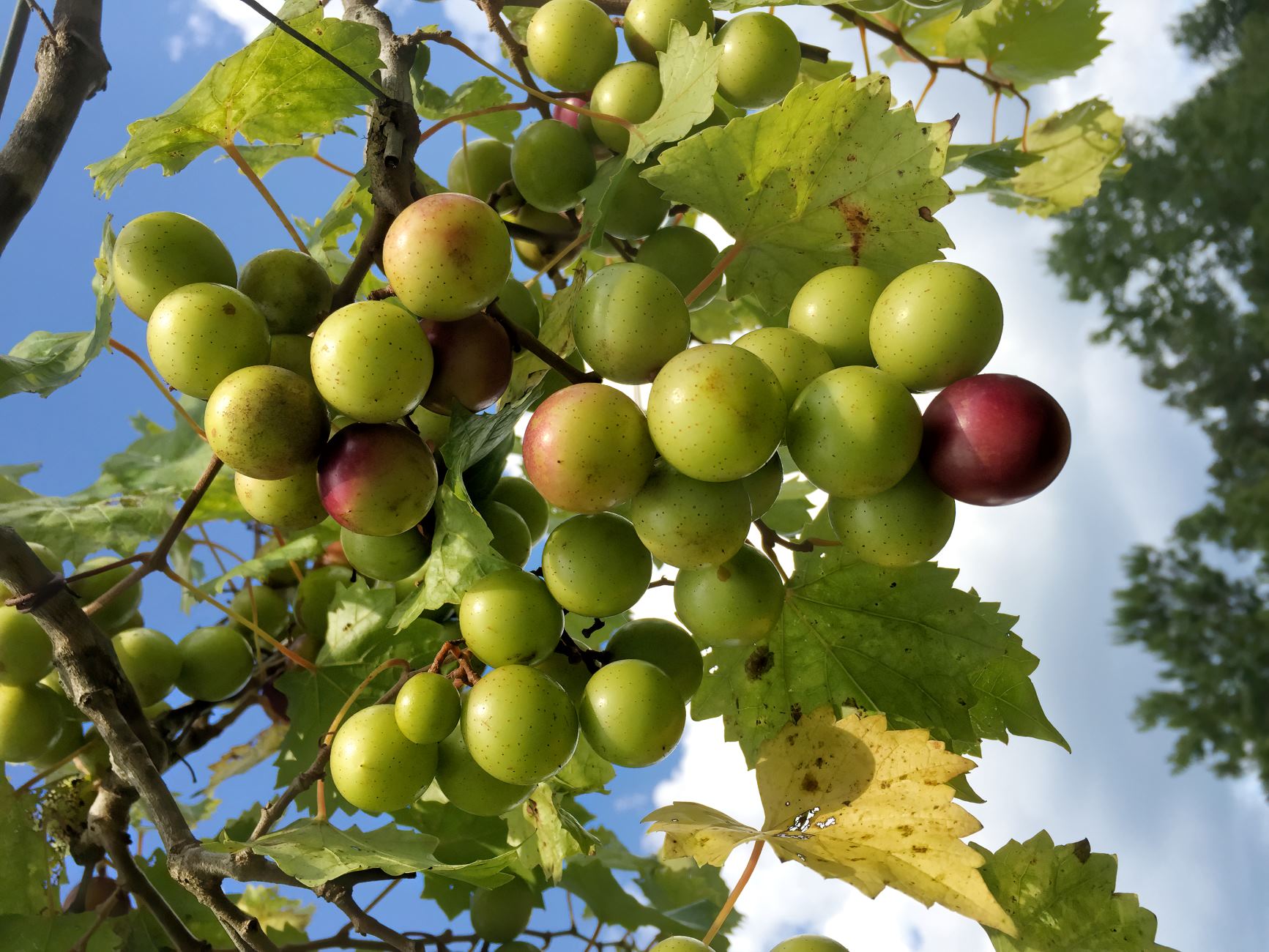

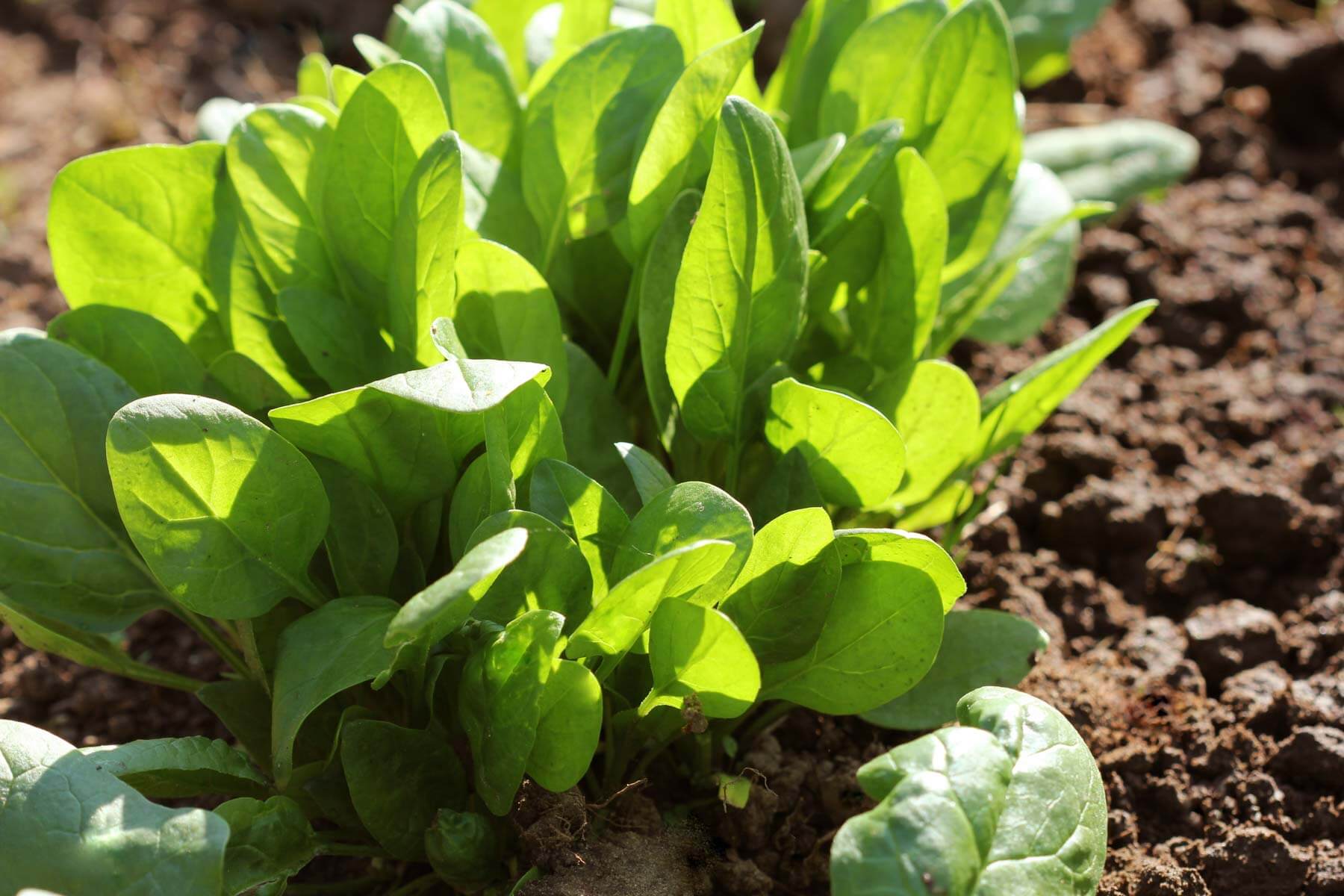
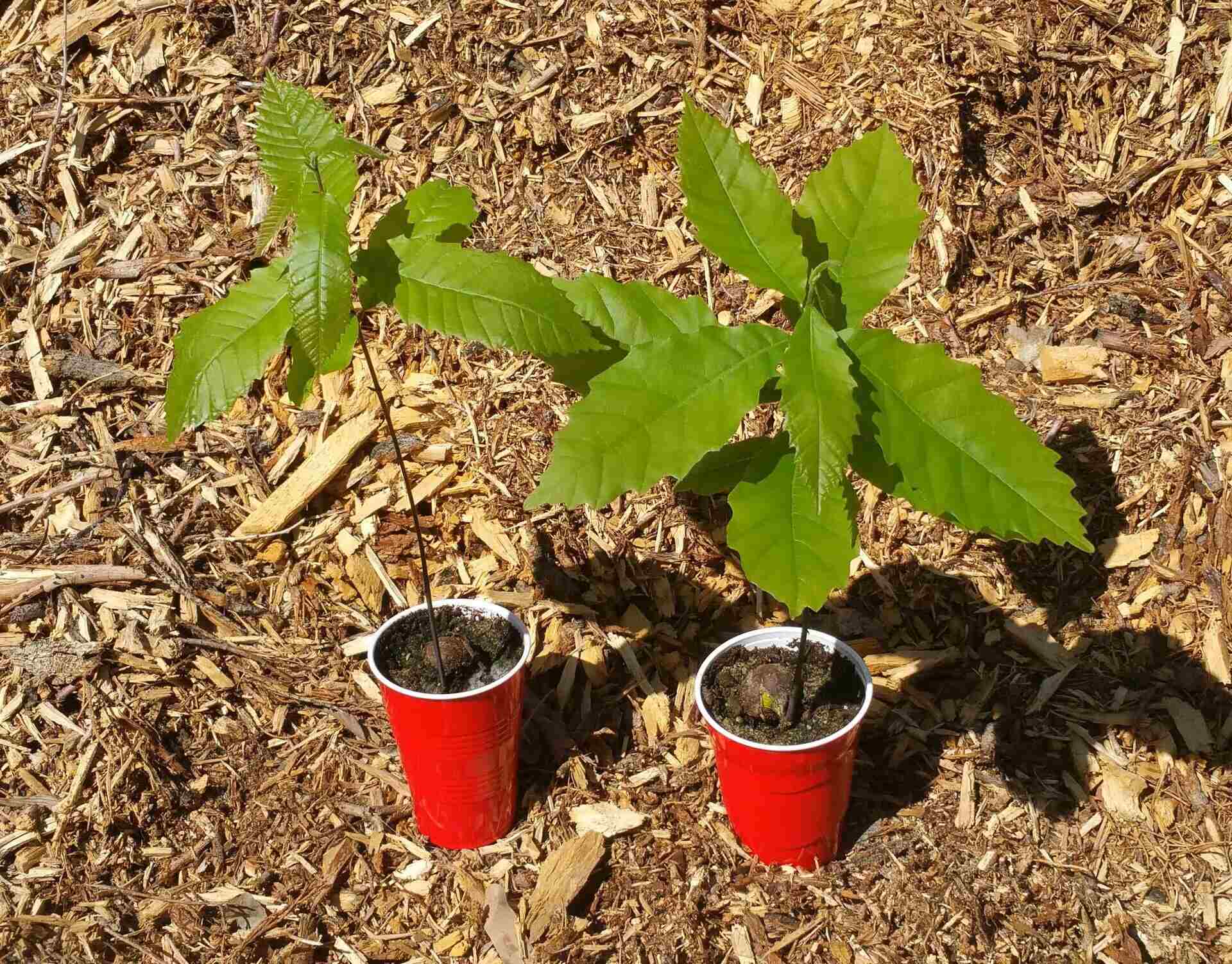
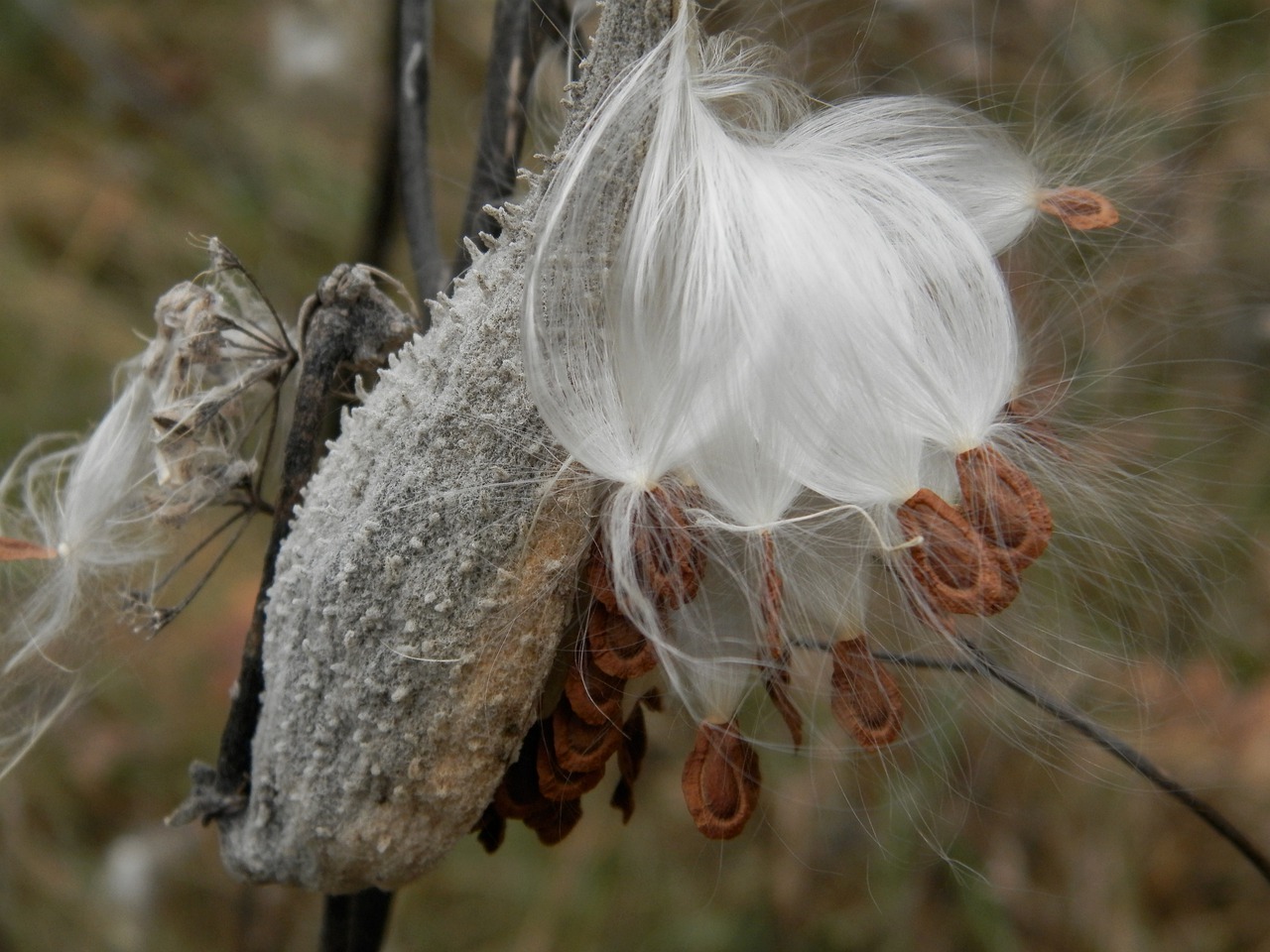
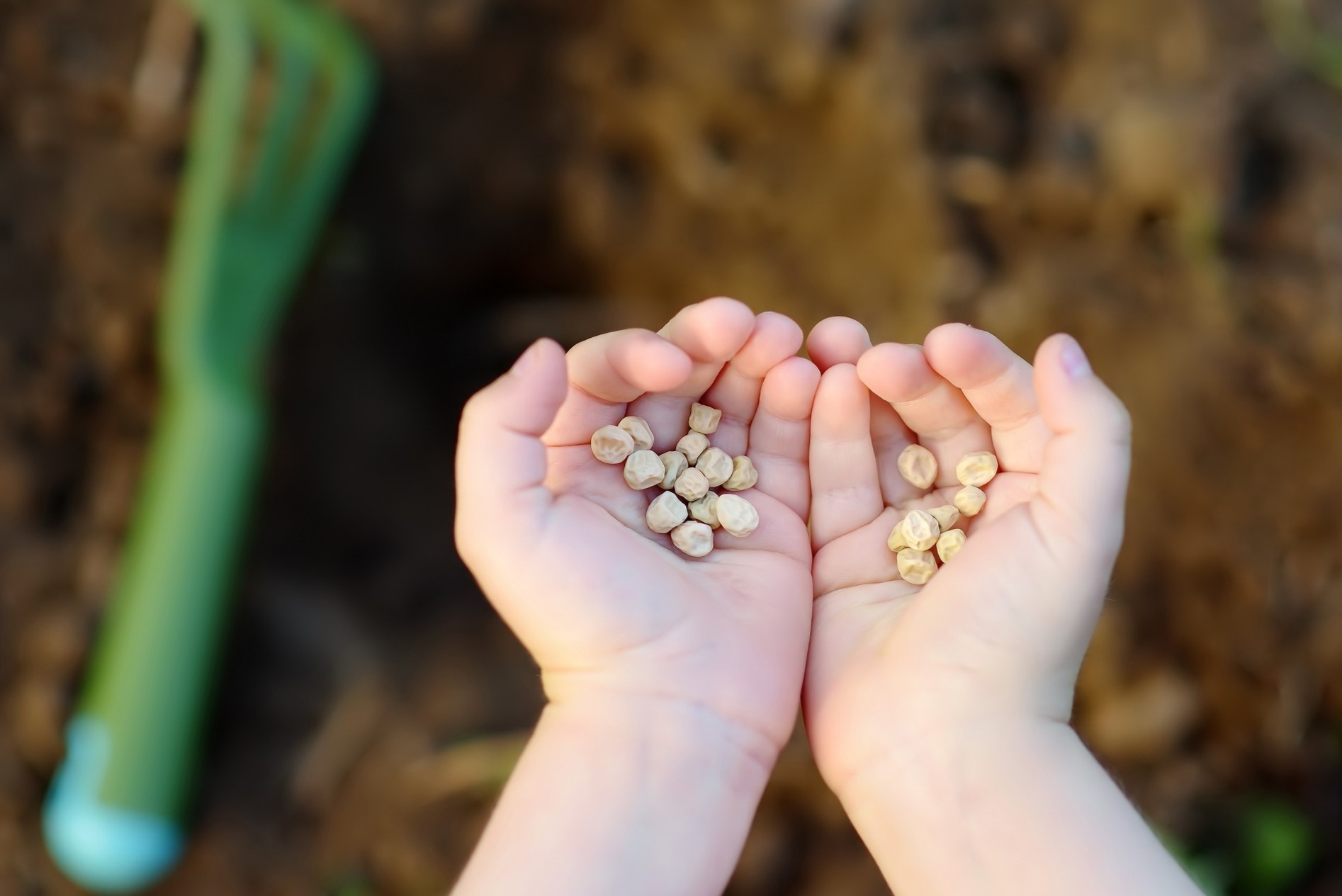

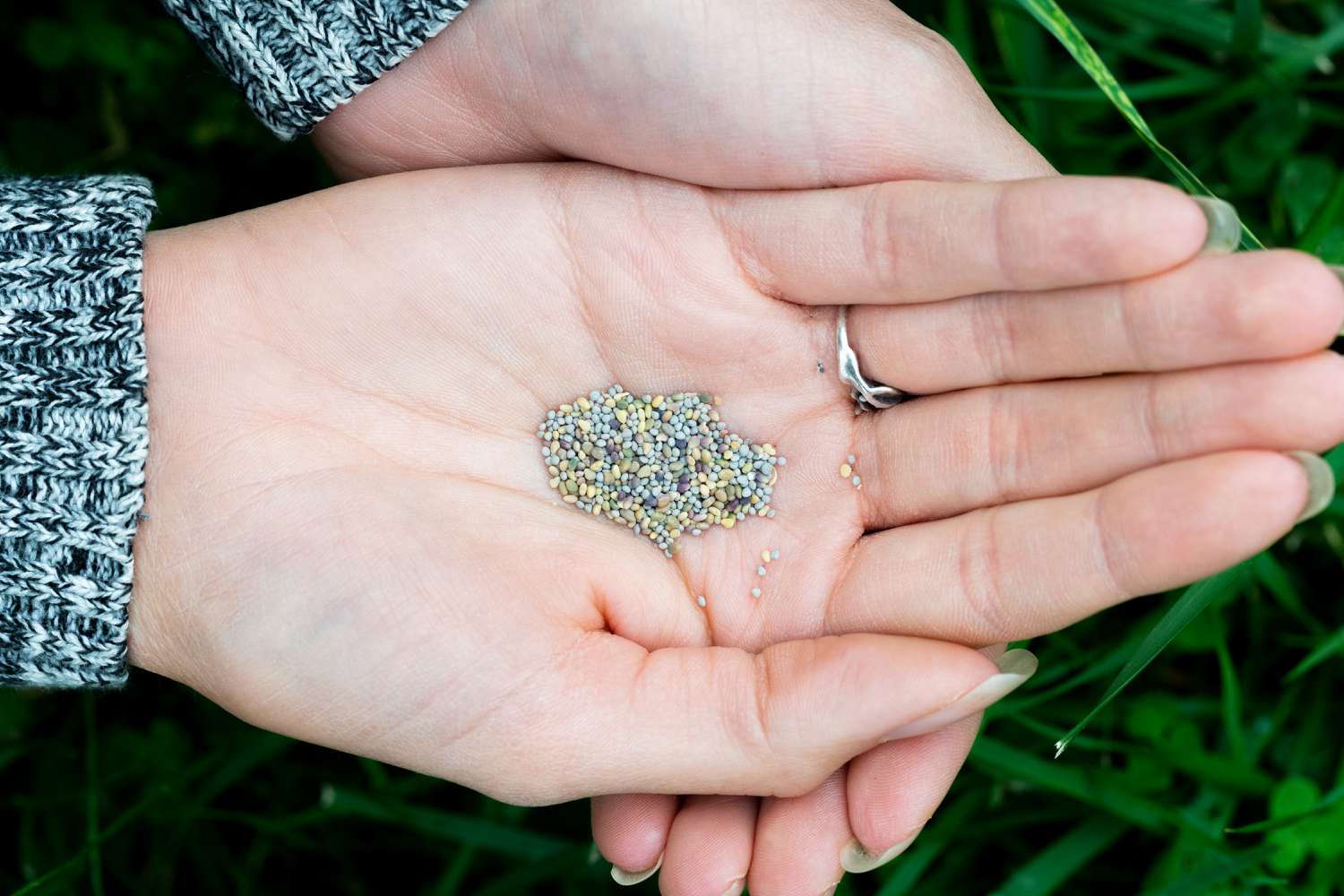

0 thoughts on “How To Plant Grass Seed In Indiana”